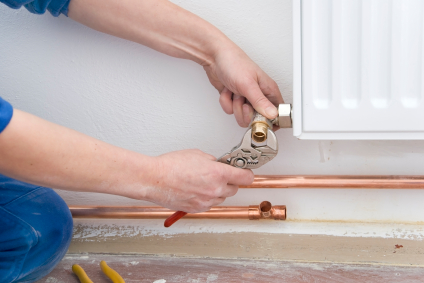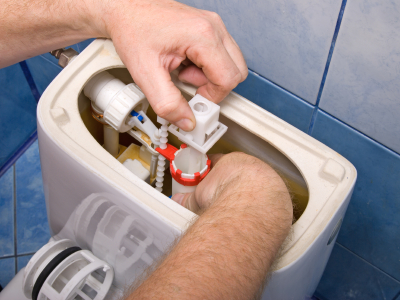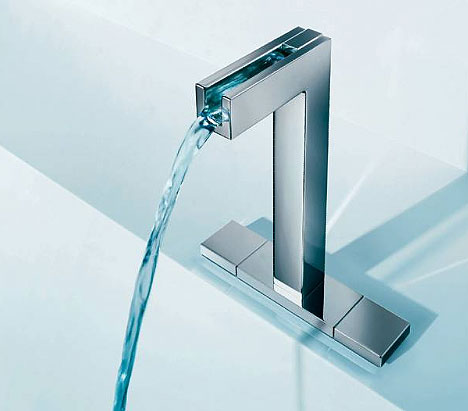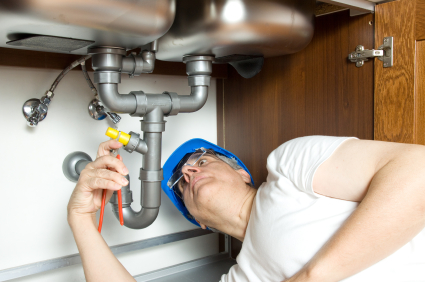Noisy pipes in the house can be frightening and worrisome. You may assume that they aren’t working, but that is not always the case. Many noisy pipes just thump and groan because the pipes have lost their “air cushion.” Air cushions absorb the shock of water when it is turned off. Air cushions can leak out and result in less “padding” for the water, which causes noise. Luckily, there is a quick fix for this common problem. In order to get the air cushion back, just turn off the main valve by following these steps:
1. Find the main water valve in your house. If you live in a warmer climate, the main water valve will be located by your water meter. If you live in a cooler climate, the main water valve will probably be in the basement. It should be set in the wall or on the water pipe leading to the water heater. If your water comes from a ground well, it will be on either side of the pressure tank (turn off both in this case).
2. Shut off the valve by turn turning it clockwise until it won’t turn anymore.
3. Open all the faucets both inside and outside your home. Leave them open.
4. Turn on the main valve again.
5. Turn off all your faucets.
This should solve the problem of having noisy pipes. However if this doesn’t, there’s always help. It may be time to call a pipe repair professional. To find a local service provider that can help with your noisy pipe problem, go to TalkLocal. This free online service will connect you directly to high rated repair services in your area. Just fill out a short online service request describing your problem, availability and location. After you submit, you will receive up to three phone calls from repair services that can tackle your specific problem.









